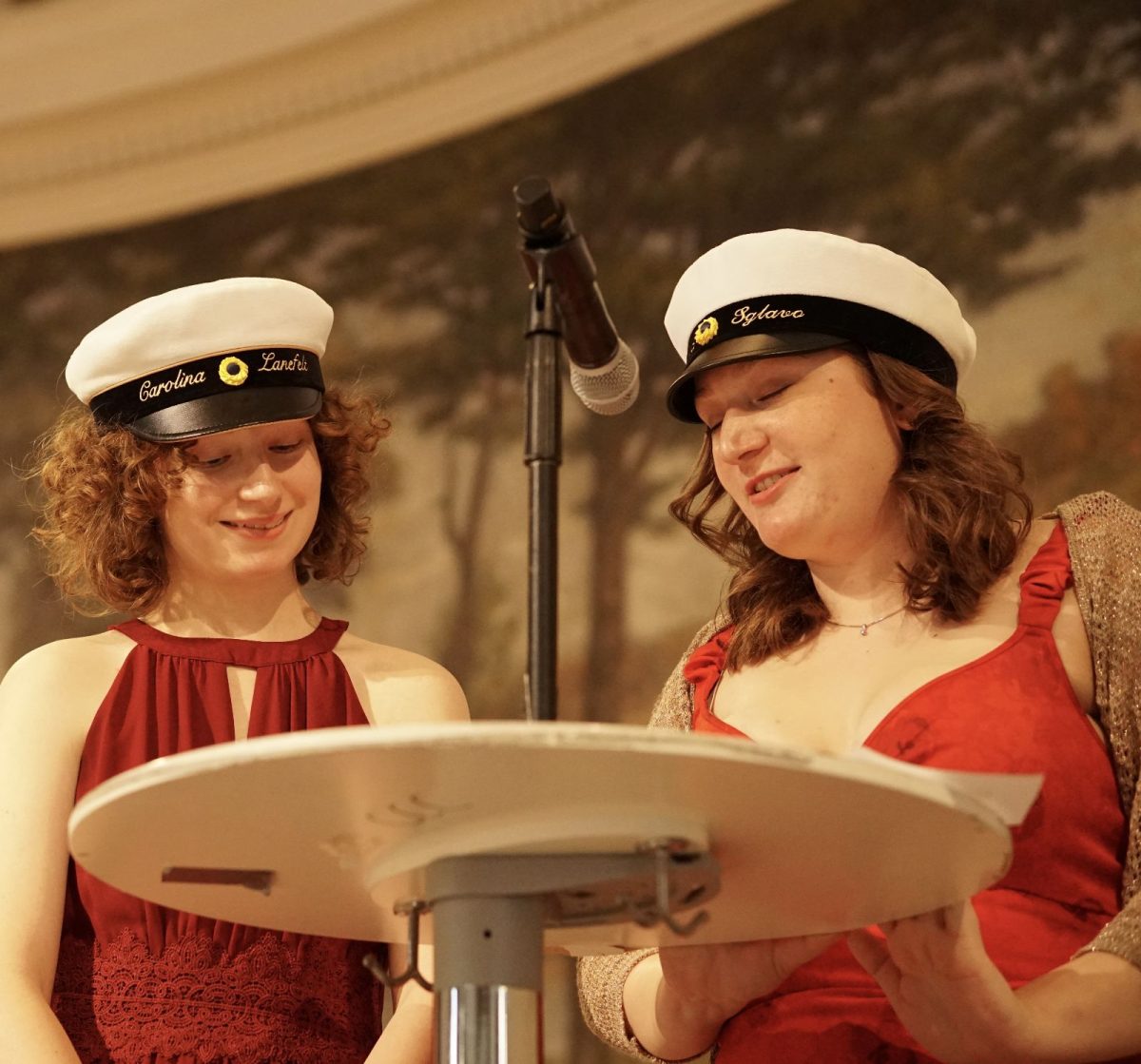Titles have been used for centuries as early as the 1620’s. Typically, it is part of your name that is used when others address you. Some of these include: Ms., Mx., Mr., or even Dr. They are used to signify a certain status or function.
So why take so much interest in the history behind these titles? Aside from it being an obscure and overlooked societal norm, it has been an example of subtle misogyny for years. In the past few decades, it was important to make the distinction between a married or unmarried woman by referring to them by the correct title. Miss, if the woman was unmarried, and Mrs. if the woman was married.
However, these specific titles weren’t always used to signify marital status for women. According to Dr. Amy Erickson, a Cambridge Professor of Feminist History, Until the 19th century, most women did not have any prefix before their name. Mrs and, later, Miss were both restricted to those of higher social standing. Meaning that at first the distinction between Miss and Mrs was used to determine a high social status. As she continues to state, those who were in a lower social standing would have been referred to by their first names.
In the early 18th century, men and women, most of whom were single, who were involved in London companies were given the title of Mr., for the men, and Miss, for the women. The title, Mr. was an abbreviation of ‘Master’ and the title Miss, was an abbreviation for ‘Mistress’. In this context it meant that they were experts of their trade. Thus, the titles evolved from categorizing social status, to describing one’s expertise in a certain profession.
Later, in the 18th century, the traction titles gained in business conversation led to many young ambitious women using the title ‘Miss’ to describe their respectability as it distinguished them from other business women. The trend was then taken up by many authors of the time who created spry characters who would use the title, ‘Miss’. However, it wasn’t until the 1900’s that Mrs. would actually distinguish whether or not a woman was married.
In the early 1900’s, women wouldn’t just change their title but take on their husbands full name. Such as Fanny Dashwood in Jane Austen’s Sense and Sensibility who became Mrs. John Dashwood when she married her husband. This marked the beginning of ‘Miss’ being used for unmarried women and ‘Mrs’ being used for married women.
Today, many women use ‘Ms.’ as a term that does not distinguish their marital status. While this doesn’t signify marital status, it contains a feminine connotation to it. In this case some use Mx. which is void of gender or marital status. However, some still have preference over using ‘Miss’ or ‘Mrs’ when being addressed. Meaning, it is always best to clarify the best way to address someone.







